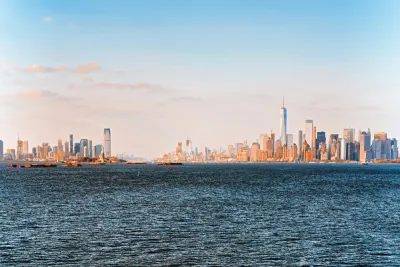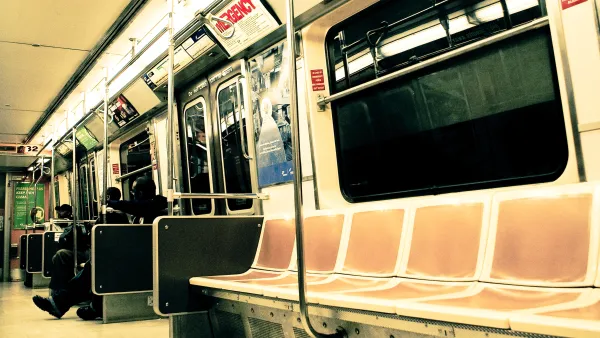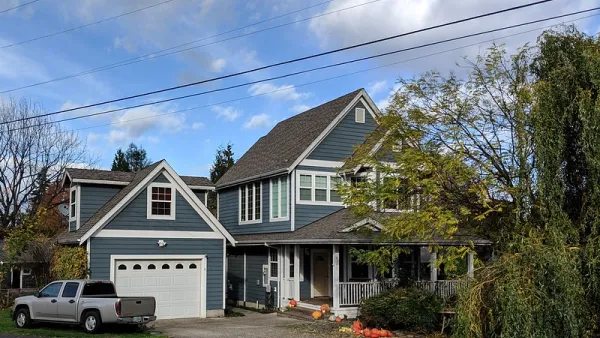The geography of work in New York City must include an analysis of the larger region, according to a new report from the New York City Department of City Planning.

The New York City Department of City Planning (NYC Planning) recently released a report that maps jobs in the larger region, committing to a narrative that connects the planning challenges faced by the numerous independent authorities in the region.
From the report:
Recognizing that the health of NYC’s economy is highly interconnected to the performance of the Region, the NYC Department of City Planning’s Second Edition of this report examines employment, labor force, and housing patterns from 2000 to today, with a focus on annual change and the differences between pre- and post-Great Recession change. This report examines recent economic changes at a “subregional” scale, looking at the relationships among NYC, northern New Jersey (“North NJ”), Long Island, southwest Connecticut (“Connecticut”), and the Hudson Valley.
The report includes four "insights":
- Employment growth continued to concentrate in NYC and job gains in all five boroughs drove the Region’s growth after the Great Recession. Though job growth slowed in the last few years, NYC continued to outpace all other parts of the Region.
- The Region experienced varied growth across sectors. Office gains—the highest value employment—concentrated in NYC, while institutional sectors served as the largest source of employment and wage growth elsewhere in the Region. Industrial and local services sectors supported economic gains after the Great Recession, but that growth is slowing.
- NYC gained young workers, while the rest of the Region’s labor force is aging. NYC and North NJ account for most of the Region’s new housing development, particularly post-Great Recession. Areas gaining labor force correlate with areas adding housing.
- Shifts in the geography of job growth, housing production, and resident labor force change are tipping the balance of employment and housing within the Region, with implications for affordability, commuting patterns, and transportation infrastructure.
The "insights" function as chapters in the report, so a lot of data and infographics are provided to back up each of those claims.
FULL STORY: The Geography of Jobs [pdf]

National Parks Layoffs Will Cause Communities to Lose Billions
Thousands of essential park workers were laid off this week, just before the busy spring break season.

Retro-silient?: America’s First “Eco-burb,” The Woodlands Turns 50
A master-planned community north of Houston offers lessons on green infrastructure and resilient design, but falls short of its founder’s lofty affordability and walkability goals.

Delivering for America Plan Will Downgrade Mail Service in at Least 49.5 Percent of Zip Codes
Republican and Democrat lawmakers criticize the plan for its disproportionate negative impact on rural communities.

Test News Post 1
This is a summary

Test News Headline 46
Test for the image on the front page.

Balancing Bombs and Butterflies: How the National Guard Protects a Rare Species
The National Guard at Fort Indiantown Gap uses GIS technology and land management strategies to balance military training with conservation efforts, ensuring the survival of the rare eastern regal fritillary butterfly.
Urban Design for Planners 1: Software Tools
This six-course series explores essential urban design concepts using open source software and equips planners with the tools they need to participate fully in the urban design process.
Planning for Universal Design
Learn the tools for implementing Universal Design in planning regulations.
EMC Planning Group, Inc.
Planetizen
Planetizen
Mpact (formerly Rail~Volution)
Great Falls Development Authority, Inc.
HUDs Office of Policy Development and Research
NYU Wagner Graduate School of Public Service





























